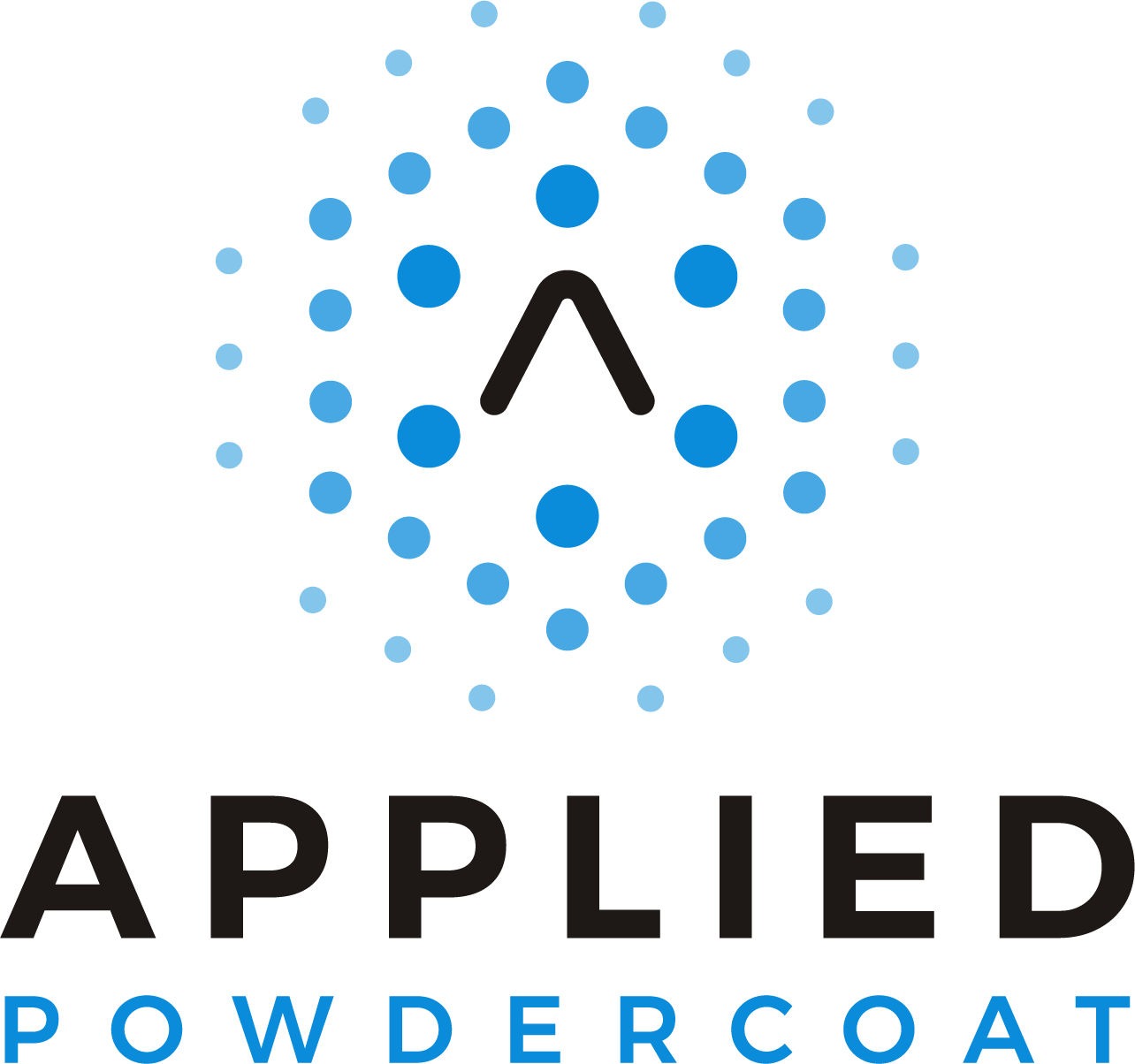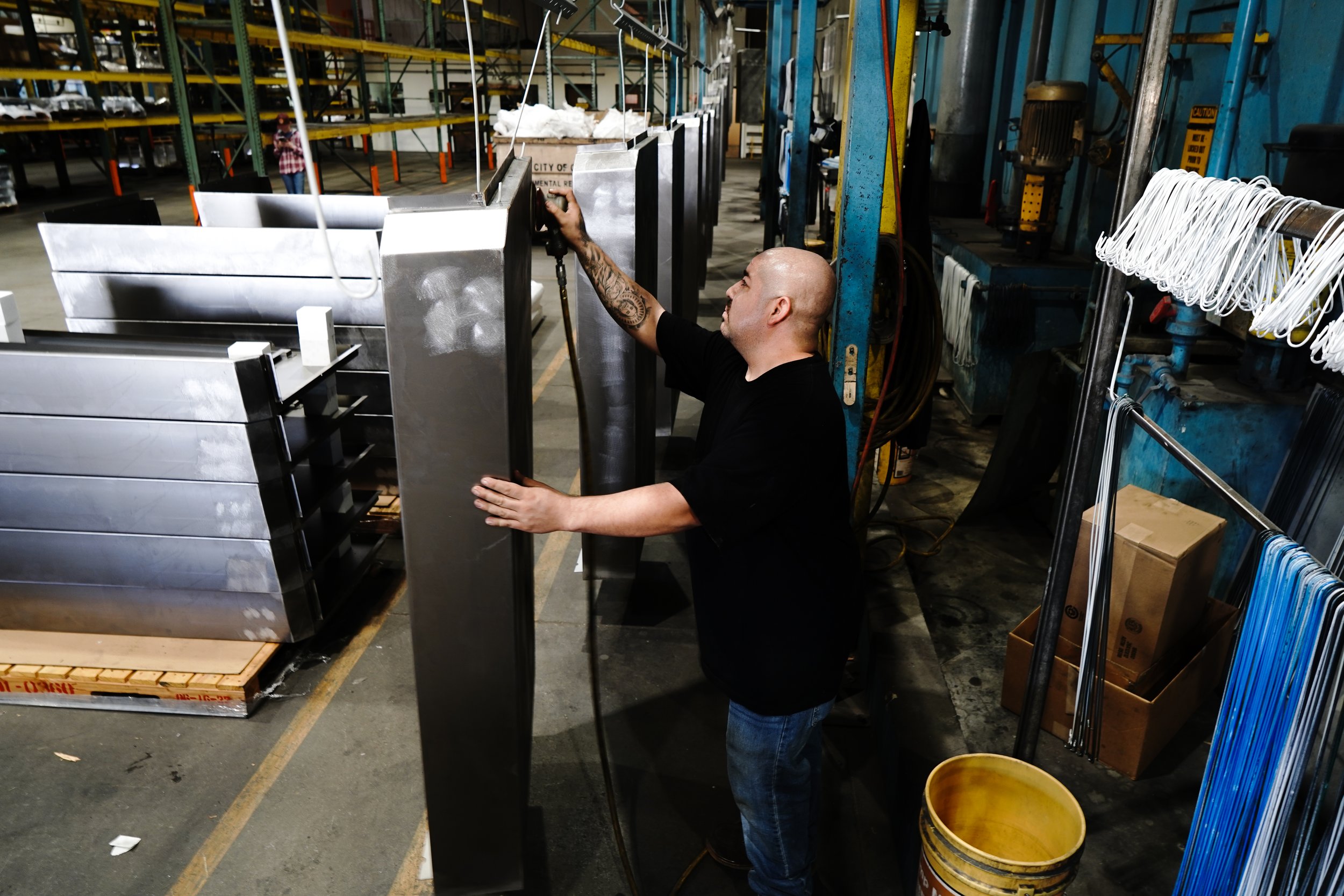Powder Coat Preparation: Best Practices for Customers and Shops
Preparing parts for high-quality powder coating services is an essential step at Applied Powdercoat. The process is similar to prepping the walls of your home for new paint. The surfaces must be in the best condition possible to get optimal results.
While our team follows a particular protocol to get your parts ready for powder coating, there are also steps you can take as a customer to achieve your desired outcome. Here, we’ll explore each party’s role in powder coat preparation and explain why communication is crucial.
The Customer’s Role in Powder Coat Preparation
One of the primary actions you can take to prep your parts for our powder coating services is to ensure your parts are free of dents and scratches. There may be instances where we could fill a small dent with powder, sand it, and then coat the part again. However, generally, powder coating does not fix dents.
You’ll also want to get your parts as clean as possible. Dirt, grease, and oil can often linger from previous processes like machining or welding. These contaminants interfere with the adhesion of the powder coating and can lead to a poor-quality finish. A spotless surface is ideal for high-quality results.
Applied Powdercoat’s Preparation Process
We use several preparation methods at Applied Powdercoat, including a three-stage wash system, sandblasting, hand sanding, and a burn-off oven.
Three-stage wash system
Our team mainly employs our three-stage wash system for industrial parts. First, we apply a chemical treatment to the part to eliminate contaminants. Next, the part undergoes a series of intermediary and final rinses to create a smooth, pristine surface for exceptional adhesion. Finally, we dry the part and meticulously apply masking materials before powder application.
Sandblasting
For rougher parts or those with significant rust, we turn to sandblasting. Antique toys or vintage automotive parts typically need this procedure to remove rust and imperfections before our powder coating services. Prior to moving forward with sandblasting, we consider the condition of the material’s substrate to ensure the part can withstand this abrasive process.
Hand sanding
Hand sanding is another preparation method Applied Powdercoat uses for parts. We mechanically rub the surface to eliminate contaminants and prime the substrate for better adhesion. This process creates an evenly textured surface that conceals any blemishes.
Burn-off oven
Finally, our burn-off oven comes in handy when we receive parts that have been wet-painted or require extensive cleaning. The oven—which goes up to about 850 degrees Fahrenheit—thermally strips any organic contaminants and old coatings from the parts. Afterward, we can easily remove the materials after they turn into gas and ash.
Setting Expectations for Powder Coat Preparation
When it comes to preparing parts for powder coating services, communication is key.
At Applied Powdercoat, we have upfront discussions with our customers to set the proper expectations. There are some tasks our shop doesn’t do, such as grinding, fabricating, or repairing parts. Being transparent about our capabilities helps us start projects on the right foot.
If you need full-service powder coating for high-volume production, mid-low-volume production, or custom orders, request a quote today.


